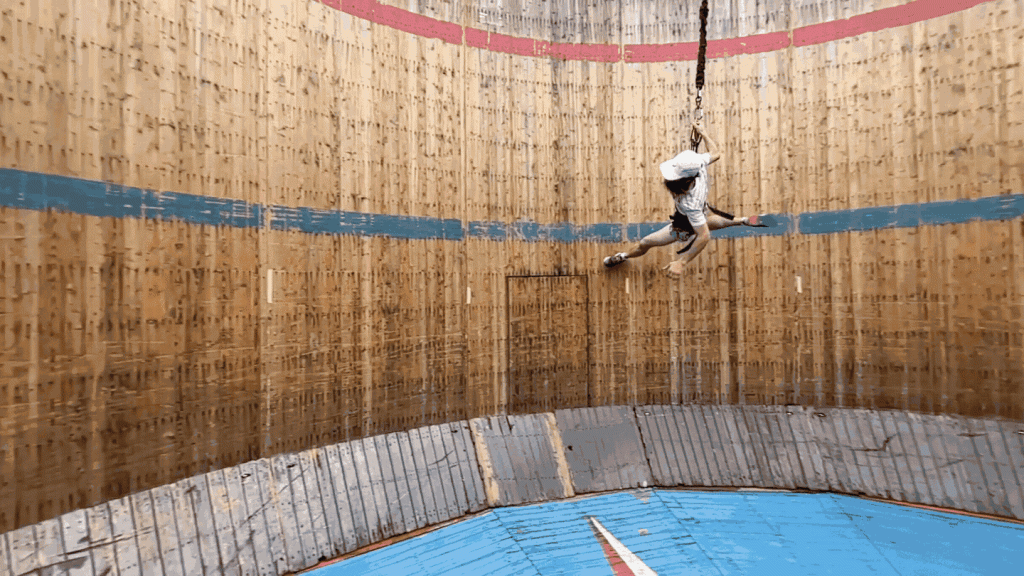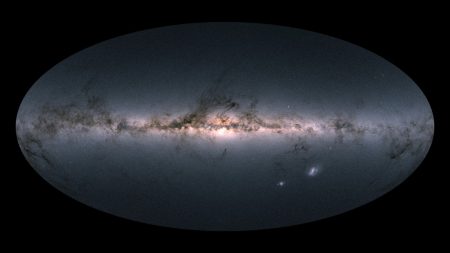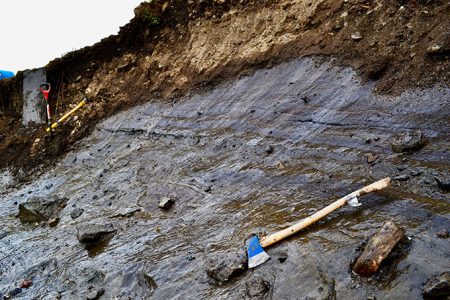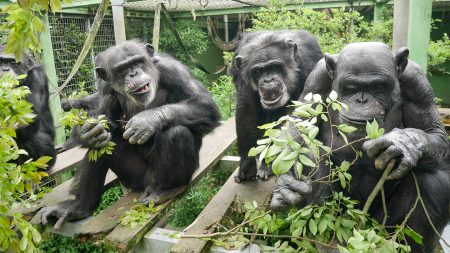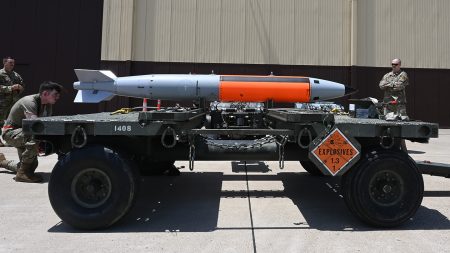The researchers wanted to study the effects of exercising in a reduced gravity environment, similar to what astronauts would experience on the moon. They set up a study at an amusement park attraction that simulates reduced gravity by utilizing a large spinning wheel. Participants would run on the inside of the spinning wheel to experience the sensation of reduced gravity and were equipped with sensors to monitor their movements and vital signs. This setup allowed the researchers to collect data on how the participants’ bodies reacted to exercise in a reduced gravity environment.
The researchers found that exercising in a reduced gravity environment had significant benefits for the participants. They were able to run for longer periods of time and at higher speeds due to the reduced strain on their bodies. The participants also reported feeling lighter and less fatigued while running on the spinning wheel compared to running in normal gravity. These findings suggest that exercising in a reduced gravity environment can help improve endurance and performance, which could be beneficial for astronauts on long-duration missions to the moon or other planets.
In addition to the physical benefits, the researchers also found that exercising in a reduced gravity environment had positive effects on the participants’ mental well-being. They reported feeling a sense of euphoria and exhilaration while running on the spinning wheel, which they attributed to the unique sensation of reduced gravity. This suggests that incorporating exercise into astronauts’ daily routine on the moon could have psychological benefits in addition to physical ones, helping them cope with the challenges of living and working in a harsh environment.
The researchers believe that their findings have important implications for the future of space exploration. By studying how exercise in reduced gravity affects the body and mind, they can develop better strategies for keeping astronauts healthy and fit during long-duration missions. Incorporating regular exercise into astronauts’ daily routines could help mitigate the negative effects of living in a microgravity environment, such as muscle atrophy and bone loss. Additionally, the psychological benefits of exercise in reduced gravity could help astronauts maintain a positive mindset and cope with the stresses of space travel.
Overall, the researchers’ study at the amusement park attraction provided valuable insights into how astronauts might exercise on the moon. By simulating reduced gravity conditions and studying the effects on participants’ physical and mental well-being, they have demonstrated the potential benefits of incorporating exercise into astronauts’ daily routines. These findings could help inform future missions to the moon and beyond, ensuring that astronauts are equipped to stay healthy and fit during their journeys through space. The researchers’ innovative approach to studying exercise in a reduced gravity environment highlights the importance of understanding how the body and mind adapt to living and working in space.









